 View Video
View Video
July 24th, 2024, 01:06 PM EDT
Ford has tapped McDonald’s to help it turn coffee parts into car parts.
Starting this year, Ford is incorporating coffee chaff — coffee bean skin that comes off during the roasting process — into the plastic headlamp housing used in some cars. It’s asked McDonald’s, which doesn’t roast its own coffee, to connect it with suppliers.
In recent years, as consumers become more concerned about plastic pollution and carbon emissions, companies have made sweeping commitments to reduce their impacts on the environment. They’ve also been developing innovative, sustainable materials to build consumer products.
Traditionally, Ford uses plastic and talc to make its headlamp housing, explained Debbie Miewelski, senior technical leader of materials sustainability for Ford. The coffee version is more sustainable because it’s lighter and doesn’t use the talc which, as a mineral, isn’t renewable.
Coffee chaff, on the other hand, is widely available, Miewelski said, and much of it goes to waste. Eventually, Ford hopes to incorporate the material into more cars and use it for more parts.
Ford decided to work with coffee chaff a few years ago. But it’s been experimenting with organic materials for over a decade.
The auto company has been using soy-based foam in its cushions since 2011. It also uses waste from wheat, coconut, tomato and other plants in its cars in order to help meet some of its sustainability goals, which include using more renewable materials.
“If you came to our lab, it looks somewhere between a landfill and a farm,” Miewelski said. Her team decided to examine the potential of coffee because the beverage is so ubiquitous.
Once the Ford team figured out how coffee chaff could be used to build car parts, it reached out to McDonald’s because of the restaurant chain’s scale and its comparable sustainability goals, Miewelski said. Like Ford, McDonald’s also wants to incorporate renewable and recycled materials into its products.
The partnership between Ford and McDonald’s is an example of how brands with distinct sustainability initiatives can work together.
McDonald’s recently achieved its goal of sourcing all of its US coffee sustainably, one year ahead of schedule, and is also working with competitors to develop more environmentally friendly coffee cups. When Ford approached it about the coffee chaff product a few years ago, the company was able to consider another way to make its coffee greener, said Ian Olson, senior director of global sustainability at McDonald’s.
“We’ve conventionally thought of collaborations as within the food industry,” Olson said. The Ford partnership can help McDonald’s see “what kind of larger impacts are possible,” when it works with a company in another sector.
“This is just scratching the surface of trying to understand what’s possible,” Olson said.
The-CNN-Wire
™ & © 2019 Cable News Network, Inc., a WarnerMedia Company. All rights reserved.
 View Video
View Video
July 24th, 2024, 01:06 PM EDT
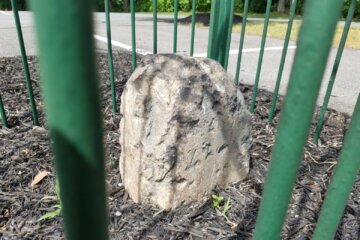 View Video
View Video
July 23rd, 2024, 04:28 AM EDT
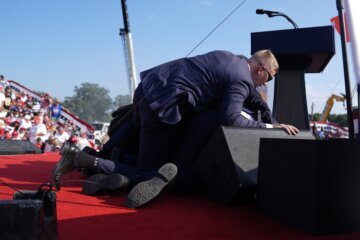 View Video
View Video
July 13th, 2024, 11:13 PM EDT
 View Video
View Video
July 11th, 2024, 05:54 AM EDT
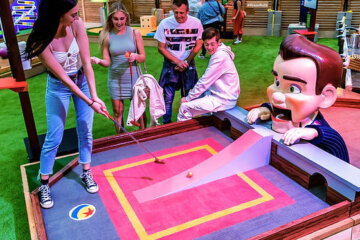 View Video
View Video
June 11th, 2024, 06:15 AM EDT
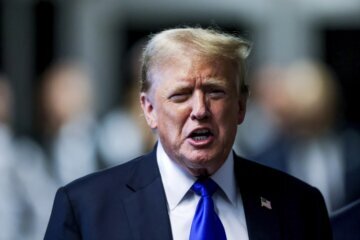 View Video
View Video
May 30th, 2024, 05:59 PM EDT
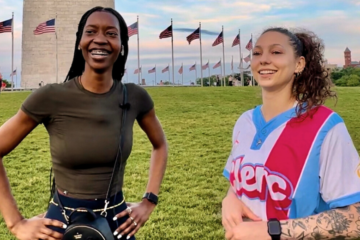 View Video
View Video
May 9th, 2024, 01:23 PM EDT
 View Video
View Video
May 9th, 2024, 05:38 AM EDT
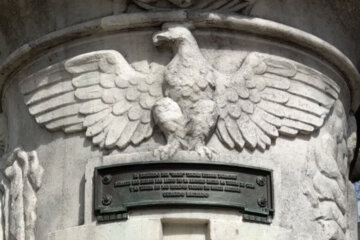 View Video
View Video
March 14th, 2024, 05:01 AM EDT
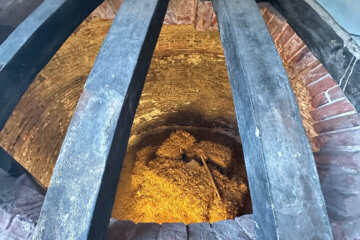 View Video
View Video
February 8th, 2024, 05:22 AM EST
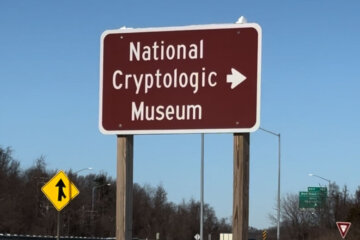 View Video
View Video
January 30th, 2024, 12:50 PM EST
 View Video
View Video
January 15th, 2024, 02:04 PM EST
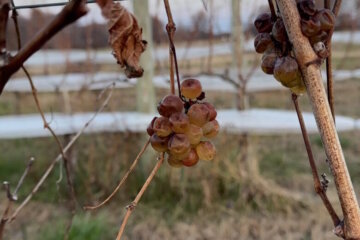 View Video
View Video
December 14th, 2023, 07:45 AM EST
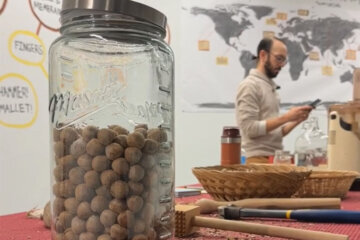 View Video
View Video
December 5th, 2023, 07:37 AM EST
 View Video
View Video
November 28th, 2023, 04:58 AM EST
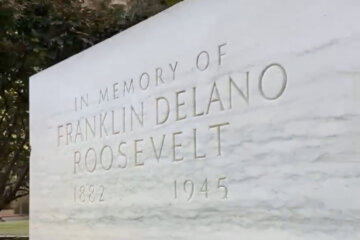 View Video
View Video
November 21st, 2023, 04:54 AM EST
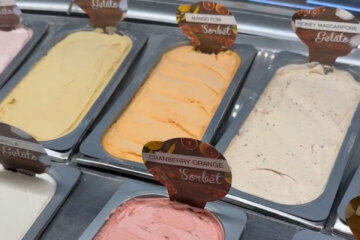 View Video
View Video
November 16th, 2023, 05:39 AM EST
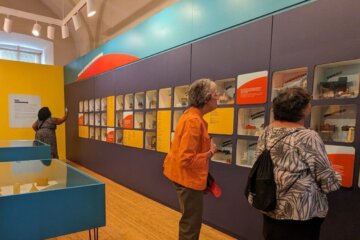 View Video
View Video
November 7th, 2023, 04:05 AM EST
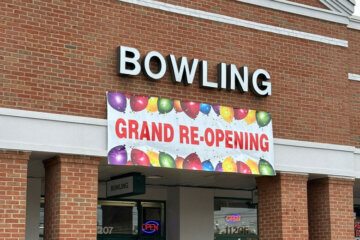 View Video
View Video
November 2nd, 2023, 05:01 AM EDT
 View Video
View Video
October 26th, 2023, 04:53 AM EDT
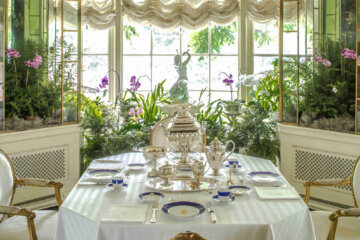 View Video
View Video
October 24th, 2023, 04:39 AM EDT
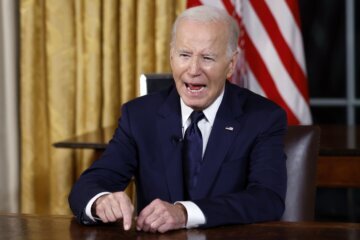 View Video
View Video
October 20th, 2023, 05:10 AM EDT
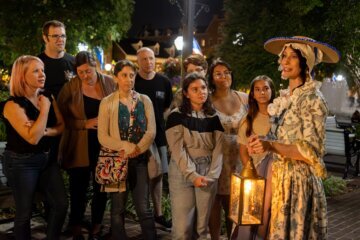 View Video
View Video
October 19th, 2023, 07:39 AM EDT
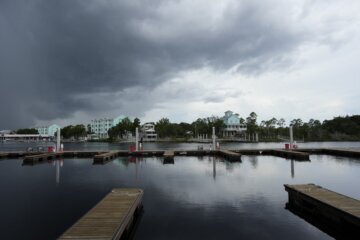 View Video
View Video
August 30th, 2023, 11:49 AM EDT
 View Video
View Video
July 27th, 2023, 10:34 AM EDT
 View Video
View Video
June 15th, 2023, 01:21 PM EDT
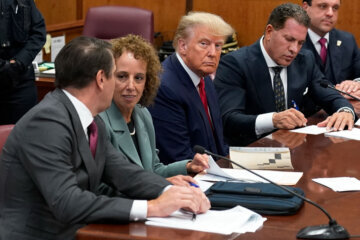 View Video
View Video
April 4th, 2023, 07:24 PM EDT
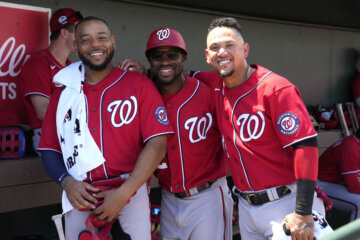 View Video
View Video
March 29th, 2023, 07:19 PM EDT
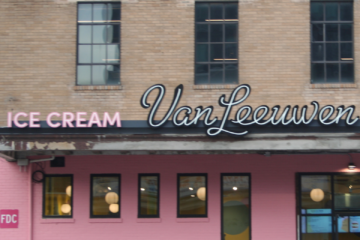 View Video
View Video
March 23rd, 2023, 05:55 AM EDT
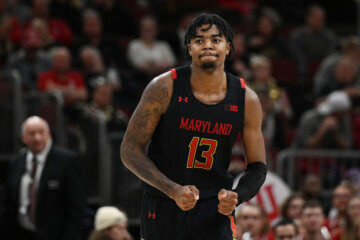 View Video
View Video
March 14th, 2023, 05:51 PM EDT
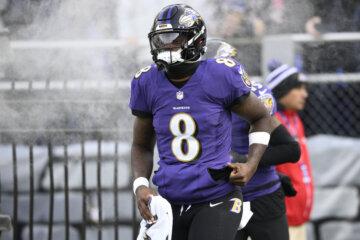 View Video
View Video
March 8th, 2023, 05:56 PM EST
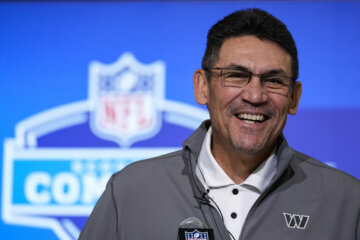 View Video
View Video
March 1st, 2023, 06:27 PM EST
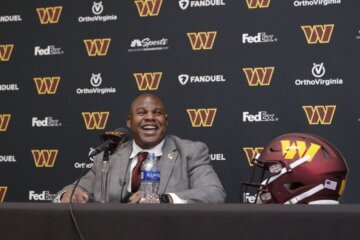 View Video
View Video
February 23rd, 2023, 05:56 PM EST
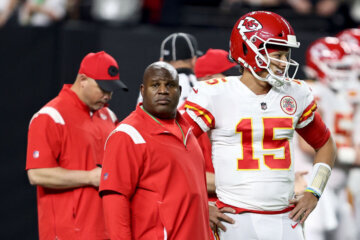 View Video
View Video
February 16th, 2023, 05:34 PM EST
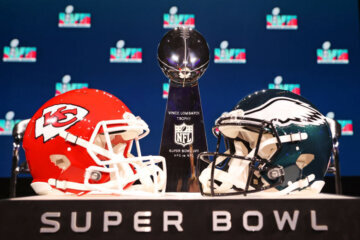 View Video
View Video
February 8th, 2023, 05:47 PM EST
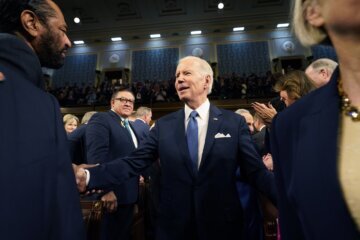 View Video
View Video
February 8th, 2023, 04:45 AM EST
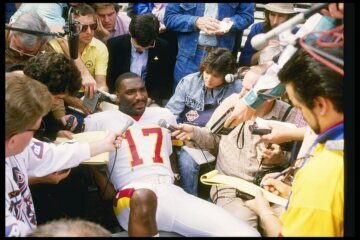 View Video
View Video
January 31st, 2023, 05:36 PM EST
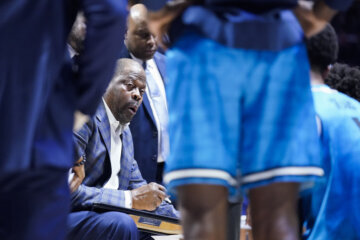 View Video
View Video
January 25th, 2023, 05:47 PM EST
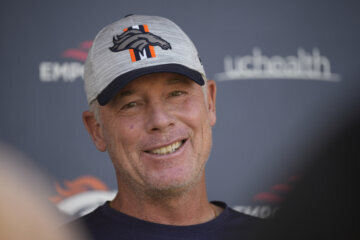 View Video
View Video
January 18th, 2023, 06:09 PM EST
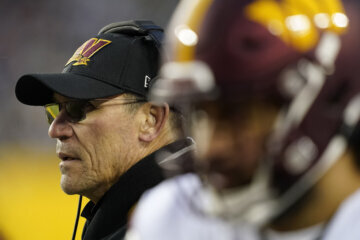 View Video
View Video
January 10th, 2023, 05:46 PM EST
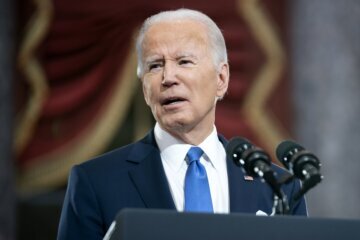 View Video
View Video
January 6th, 2023, 01:44 PM EST
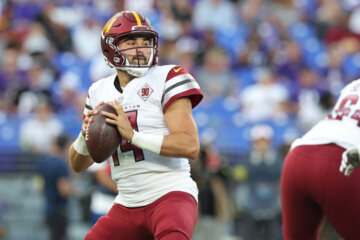 View Video
View Video
January 5th, 2023, 05:26 PM EST
 View Video
View Video
January 3rd, 2023, 08:12 AM EST
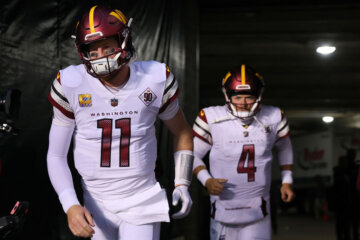 View Video
View Video
December 29th, 2022, 05:06 PM EST
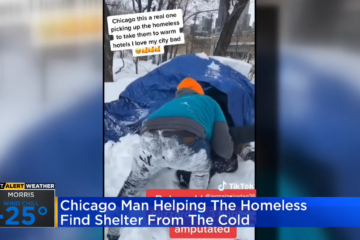 View Video
View Video
December 26th, 2022, 10:23 AM EST
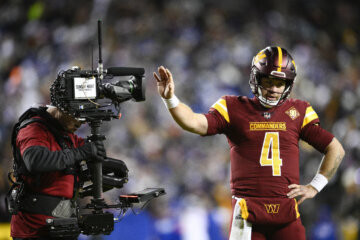 View Video
View Video
December 22nd, 2022, 10:24 AM EST
 View Video
View Video
December 20th, 2022, 08:06 AM EST
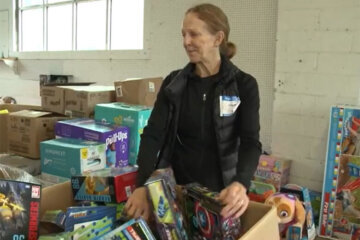 View Video
View Video
December 8th, 2022, 07:33 AM EST
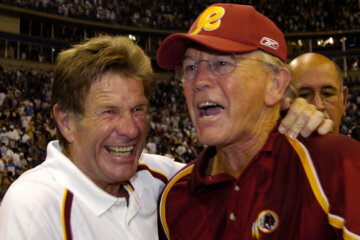 View Video
View Video
December 7th, 2022, 06:10 PM EST
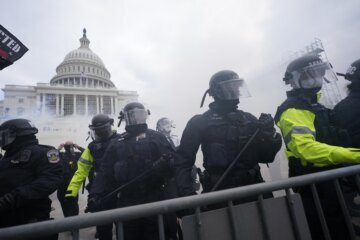 View Video
View Video
December 6th, 2022, 09:35 AM EST
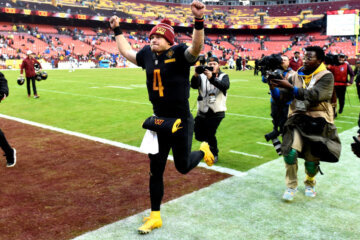 View Video
View Video
December 2nd, 2022, 12:03 PM EST
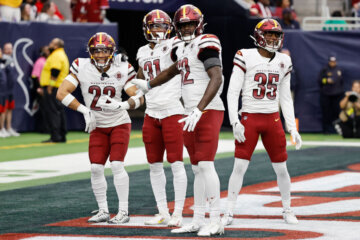 View Video
View Video
November 22nd, 2022, 04:57 PM EST
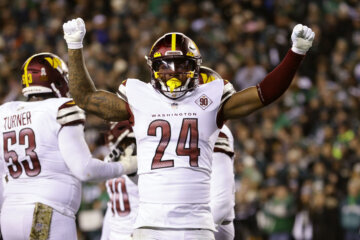 View Video
View Video
November 15th, 2022, 11:02 PM EST
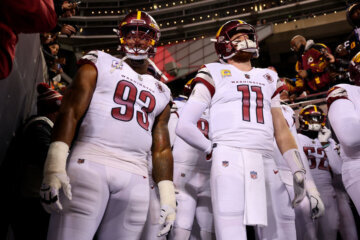 View Video
View Video
November 9th, 2022, 07:21 PM EST
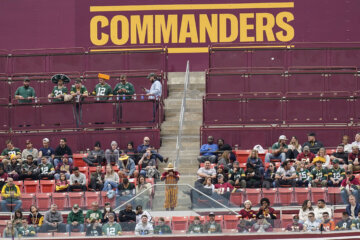 View Video
View Video
November 3rd, 2022, 06:00 PM EDT
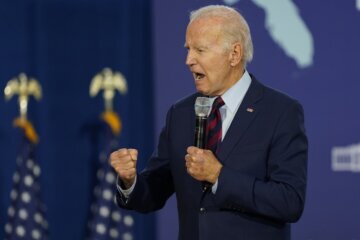 View Video
View Video
November 2nd, 2022, 06:49 PM EDT
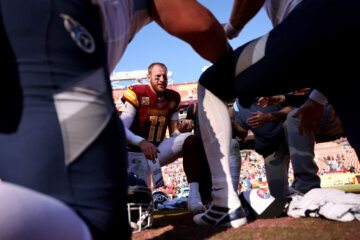 View Video
View Video
October 27th, 2022, 05:39 PM EDT
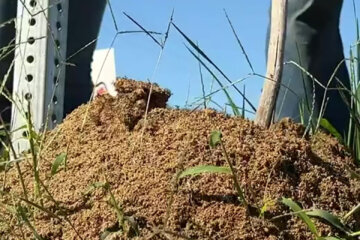 View Video
View Video
October 25th, 2022, 09:26 AM EDT
 View Video
View Video
October 25th, 2022, 09:24 AM EDT
 View Video
View Video
October 20th, 2022, 07:41 PM EDT
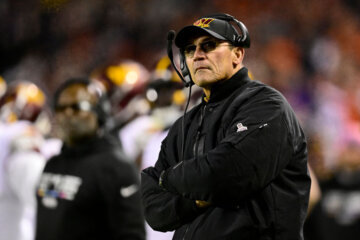 View Video
View Video
October 14th, 2022, 05:16 PM EDT
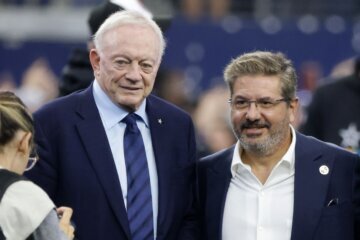 View Video
View Video
October 6th, 2022, 06:10 PM EDT
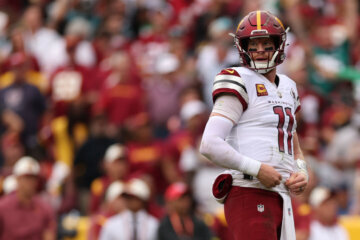 View Video
View Video
September 29th, 2022, 05:42 PM EDT
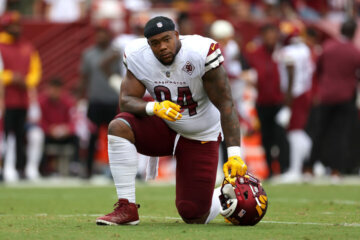 View Video
View Video
September 22nd, 2022, 05:59 PM EDT
 View Video
View Video
September 22nd, 2022, 11:22 AM EDT
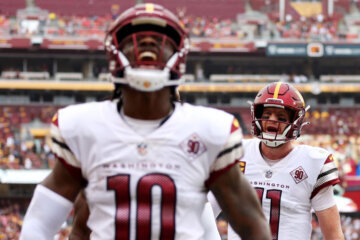 View Video
View Video
September 15th, 2022, 04:58 PM EDT
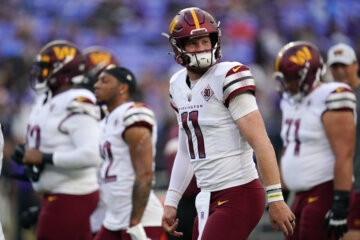 View Video
View Video
September 8th, 2022, 04:48 PM EDT
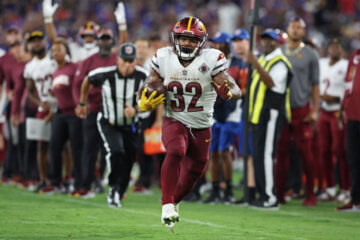 View Video
View Video
August 31st, 2022, 04:51 PM EDT
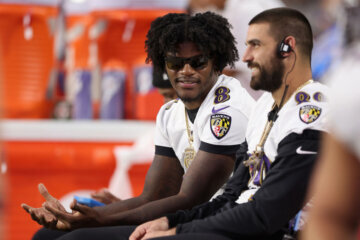 View Video
View Video
August 25th, 2022, 05:23 PM EDT
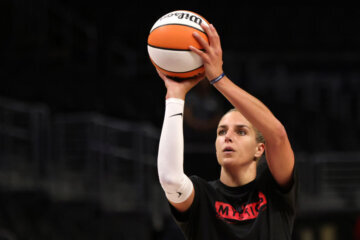 View Video
View Video
August 18th, 2022, 04:08 PM EDT
 View Video
View Video
August 17th, 2022, 08:28 PM EDT
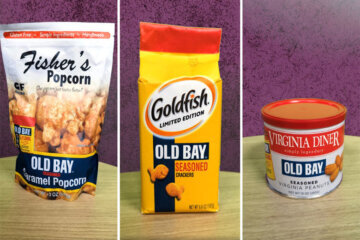 View Video
View Video
August 17th, 2022, 10:21 AM EDT
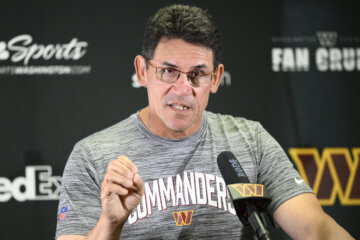 View Video
View Video
August 11th, 2022, 04:50 PM EDT
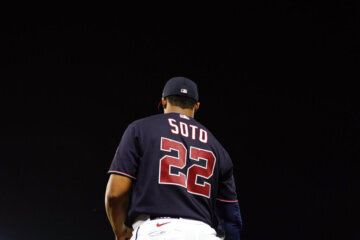 View Video
View Video
August 3rd, 2022, 05:19 PM EDT
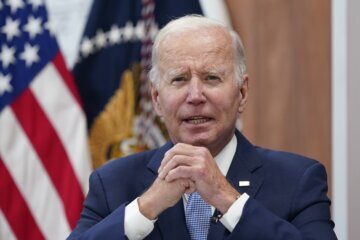 View Video
View Video
August 1st, 2022, 06:37 PM EDT
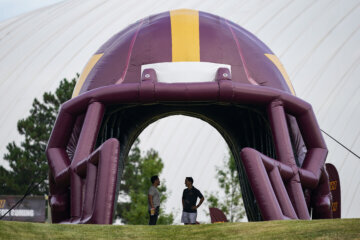 View Video
View Video
July 27th, 2022, 05:39 PM EDT
 View Video
View Video
July 20th, 2022, 04:20 PM EDT
 View Video
View Video
July 18th, 2022, 08:48 AM EDT
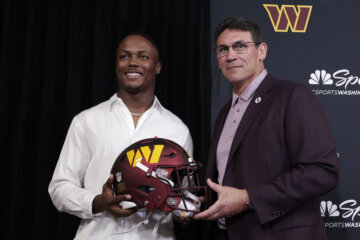 View Video
View Video
July 6th, 2022, 03:45 PM EDT
 View Video
View Video
June 30th, 2022, 11:44 AM EDT
 View Video
View Video
June 29th, 2022, 04:23 PM EDT
 View Video
View Video
June 25th, 2022, 06:20 PM EDT
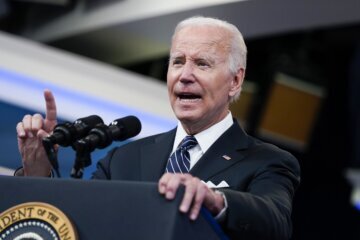 View Video
View Video
June 24th, 2022, 11:59 PM EDT
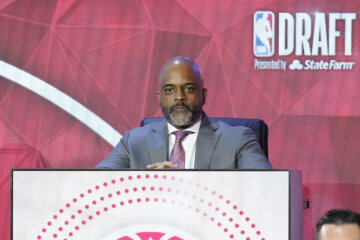 View Video
View Video
June 22nd, 2022, 06:18 PM EDT
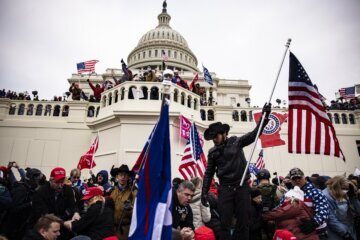 View Video
View Video
June 17th, 2022, 01:00 AM EDT
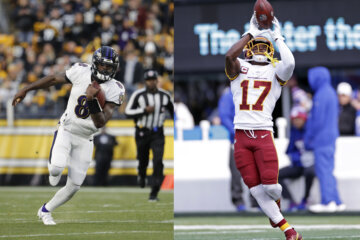 View Video
View Video
June 15th, 2022, 04:48 PM EDT
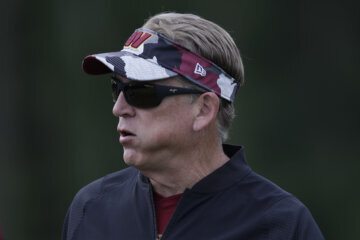 View Video
View Video
June 8th, 2022, 05:45 PM EDT
 View Video
View Video
June 1st, 2022, 06:13 PM EDT
 View Video
View Video
June 1st, 2022, 02:44 PM EDT
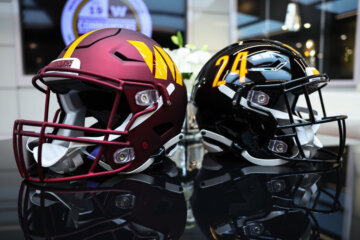 View Video
View Video
May 13th, 2022, 12:05 AM EDT
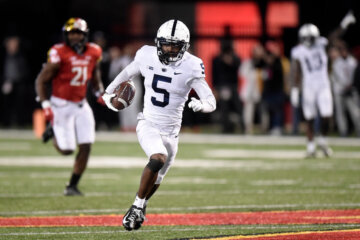 View Video
View Video
May 2nd, 2022, 02:33 PM EDT
 View Video
View Video
April 27th, 2022, 05:16 PM EDT
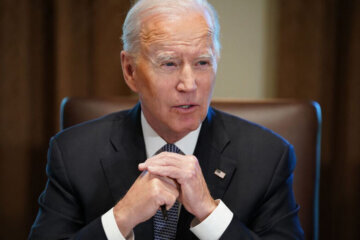 View Video
View Video
April 21st, 2022, 08:40 AM EDT
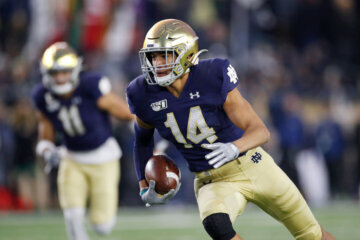 View Video
View Video
April 20th, 2022, 06:04 PM EDT
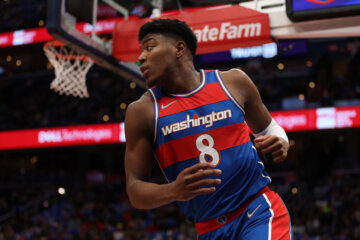 View Video
View Video
April 13th, 2022, 05:23 PM EDT
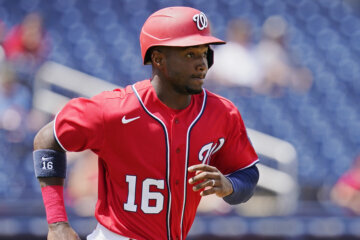 View Video
View Video
April 6th, 2022, 05:23 PM EDT
 View Video
View Video
April 5th, 2022, 06:22 PM EDT
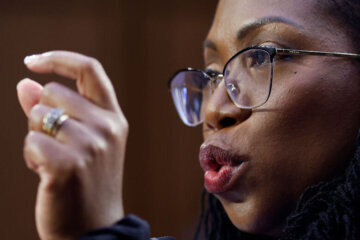 View Video
View Video
March 24th, 2022, 08:28 AM EDT
 View Video
View Video
March 24th, 2022, 01:45 AM EDT
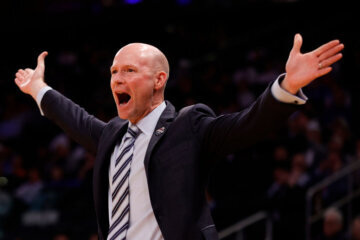 View Video
View Video
March 23rd, 2022, 03:42 PM EDT
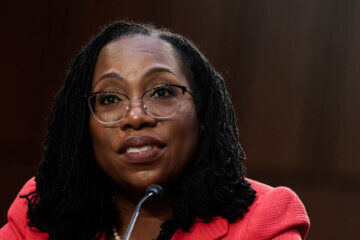 View Video
View Video
March 22nd, 2022, 09:30 PM EDT
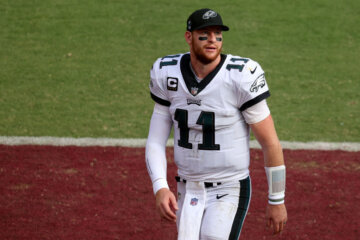 View Video
View Video
March 9th, 2022, 04:12 PM EST
 View Video
View Video
March 2nd, 2022, 05:27 PM EST
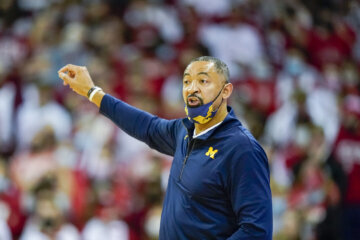 View Video
View Video
February 23rd, 2022, 06:16 PM EST
 View Video
View Video
February 16th, 2022, 05:10 PM EST
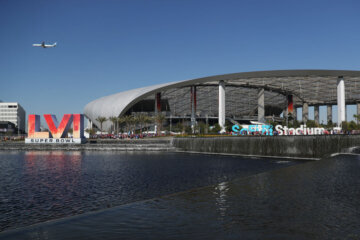 View Video
View Video
February 9th, 2022, 06:32 PM EST
 View Video
View Video
February 9th, 2022, 04:12 AM EST
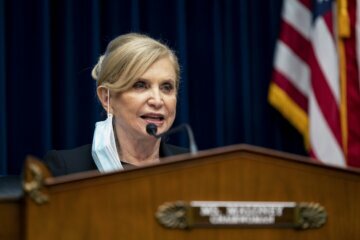 View Video
View Video
February 3rd, 2022, 10:13 AM EST
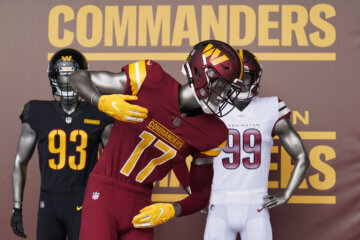 View Video
View Video
February 2nd, 2022, 06:43 PM EST
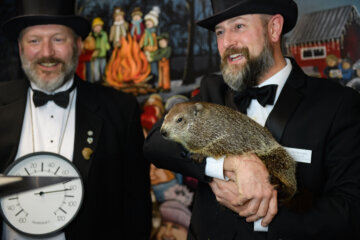 View Video
View Video
February 2nd, 2022, 07:52 AM EST
 View Video
View Video
January 26th, 2022, 05:29 PM EST
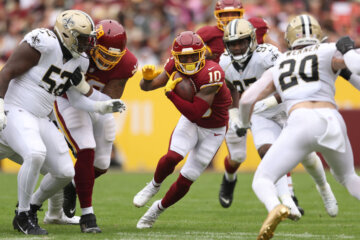 View Video
View Video
January 19th, 2022, 07:09 PM EST
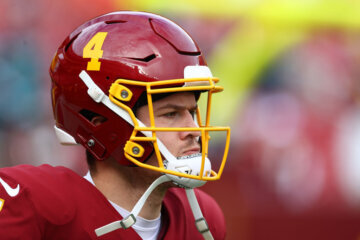 View Video
View Video
January 12th, 2022, 04:02 PM EST
 View Video
View Video
January 6th, 2022, 04:57 PM EST
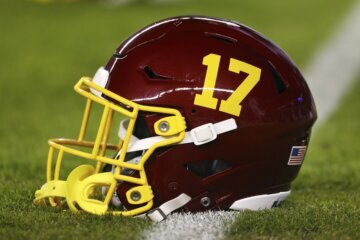 View Video
View Video
January 5th, 2022, 06:40 PM EST
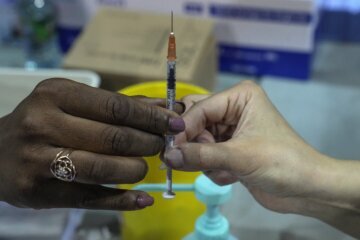 View Video
View Video
December 22nd, 2021, 02:54 PM EST
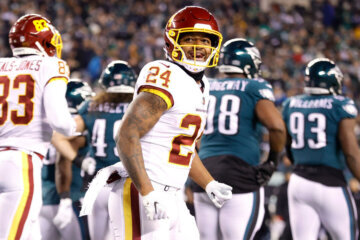 View Video
View Video
December 22nd, 2021, 02:40 PM EST
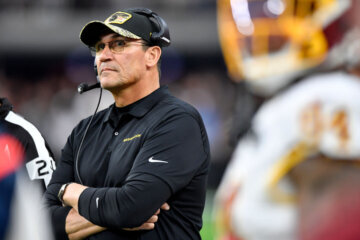 View Video
View Video
December 15th, 2021, 06:52 PM EST
 View Video
View Video
December 15th, 2021, 05:52 PM EST
 View Video
View Video
December 9th, 2021, 06:50 AM EST
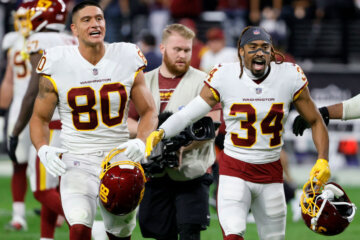 View Video
View Video
December 8th, 2021, 05:55 PM EST
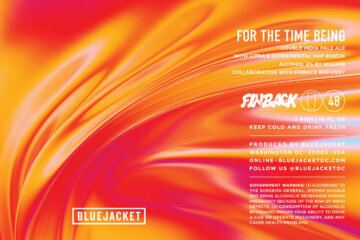 View Video
View Video
December 3rd, 2021, 07:51 AM EST
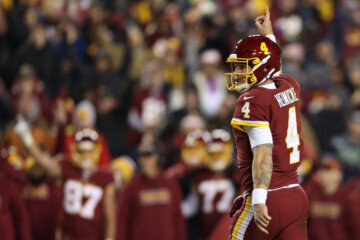 View Video
View Video
December 1st, 2021, 06:16 PM EST
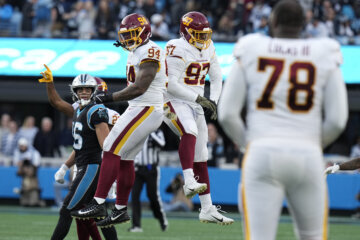 View Video
View Video
November 24th, 2021, 06:23 PM EST
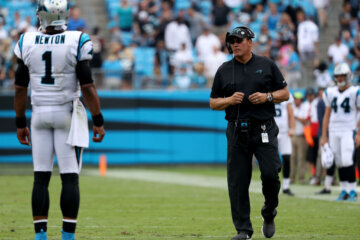 View Video
View Video
November 17th, 2021, 06:59 PM EST
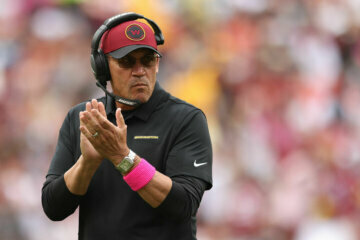 View Video
View Video
November 10th, 2021, 06:39 PM EST
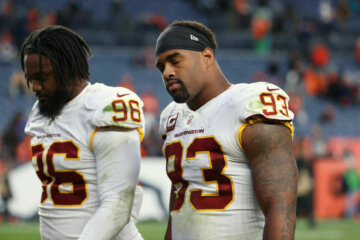 View Video
View Video
November 3rd, 2021, 06:45 PM EDT
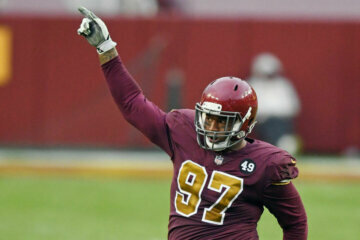 View Video
View Video
October 27th, 2021, 08:22 PM EDT
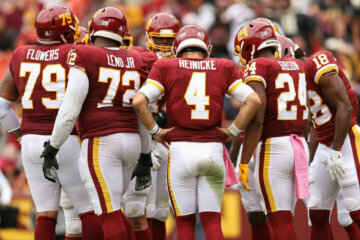 View Video
View Video
October 13th, 2021, 05:44 PM EDT
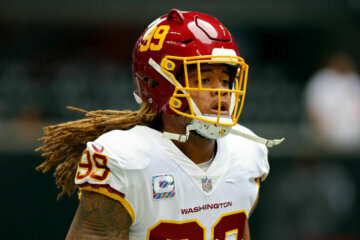 View Video
View Video
October 6th, 2021, 05:06 PM EDT
 View Video
View Video
September 29th, 2021, 02:31 PM EDT
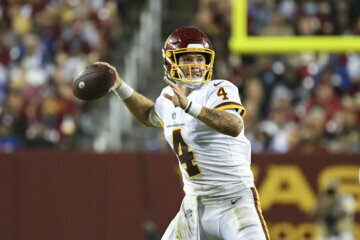 View Video
View Video
September 22nd, 2021, 05:44 PM EDT
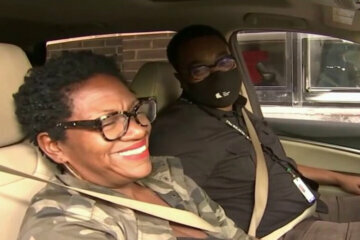 View Video
View Video
September 21st, 2021, 05:24 PM EDT
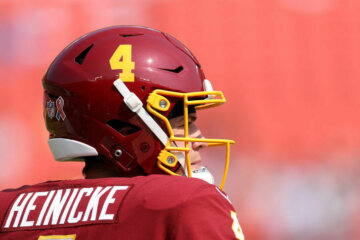 View Video
View Video
September 15th, 2021, 04:50 PM EDT
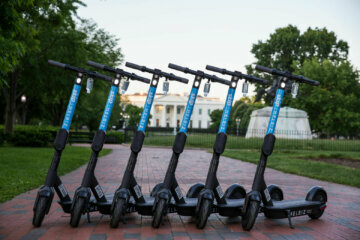 View Video
View Video
September 13th, 2021, 10:48 AM EDT
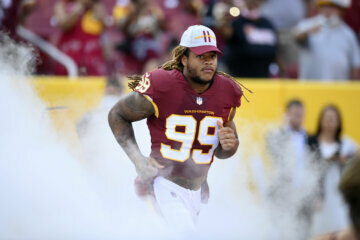 View Video
View Video
September 8th, 2021, 04:20 PM EDT
 View Video
View Video
September 7th, 2021, 09:30 PM EDT
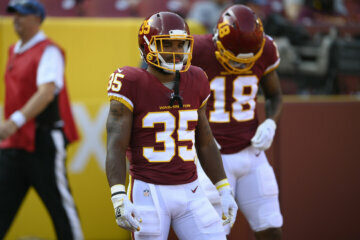 View Video
View Video
September 1st, 2021, 02:12 PM EDT
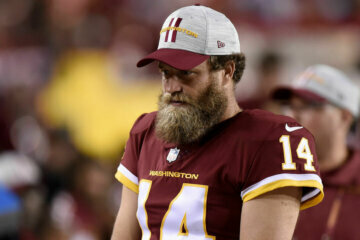 View Video
View Video
August 24th, 2021, 02:15 PM EDT
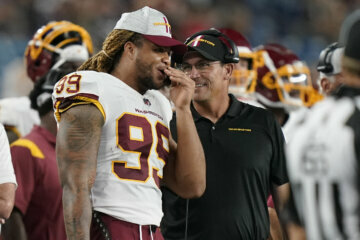 View Video
View Video
August 17th, 2021, 12:33 PM EDT
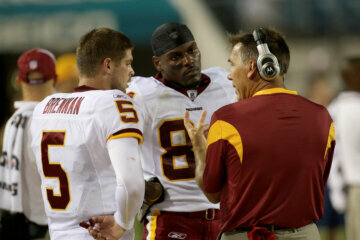 View Video
View Video
August 10th, 2021, 02:40 PM EDT
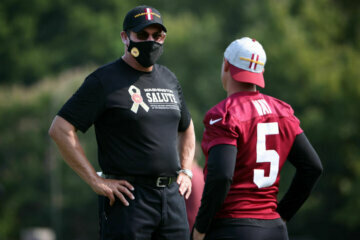 View Video
View Video
August 3rd, 2021, 02:01 PM EDT
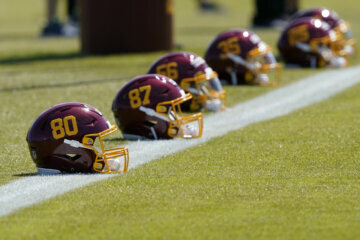 View Video
View Video
July 27th, 2021, 03:06 PM EDT
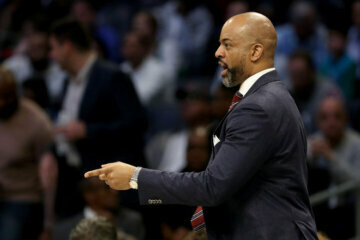 View Video
View Video
July 20th, 2021, 01:08 PM EDT
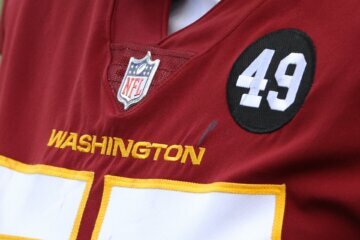 View Video
View Video
July 13th, 2021, 01:14 PM EDT
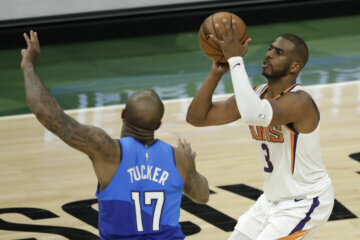 View Video
View Video
July 6th, 2021, 01:56 PM EDT
 View Video
View Video
June 29th, 2021, 02:27 PM EDT
 View Video
View Video
June 25th, 2021, 06:52 PM EDT
 View Video
View Video
June 25th, 2021, 08:13 AM EDT
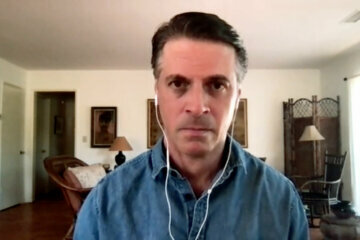 View Video
View Video
June 25th, 2021, 08:02 AM EDT
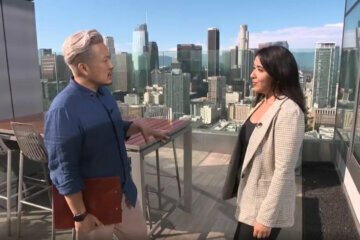 View Video
View Video
June 25th, 2021, 07:46 AM EDT
 View Video
View Video
June 8th, 2021, 02:03 PM EDT
 View Video
View Video
May 25th, 2021, 03:16 PM EDT
 View Video
View Video
May 11th, 2021, 02:00 PM EDT
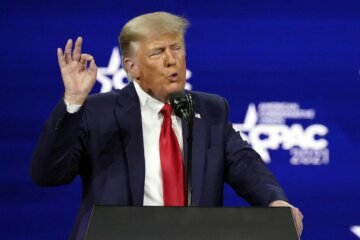 View Video
View Video
May 5th, 2021, 08:38 AM EDT
 View Video
View Video
May 5th, 2021, 06:35 AM EDT
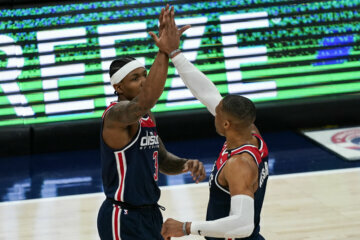 View Video
View Video
May 4th, 2021, 02:21 PM EDT
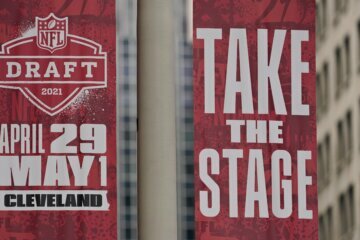 View Video
View Video
April 27th, 2021, 03:29 PM EDT
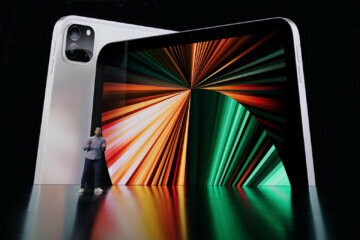 View Video
View Video
April 21st, 2021, 09:31 AM EDT
 View Video
View Video
April 20th, 2021, 02:36 PM EDT
 View Video
View Video
April 14th, 2021, 09:39 AM EDT
 View Video
View Video
April 13th, 2021, 02:36 PM EDT
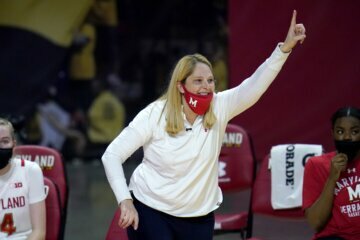 View Video
View Video
March 23rd, 2021, 03:41 PM EDT
 View Video
View Video
March 16th, 2021, 02:36 PM EDT
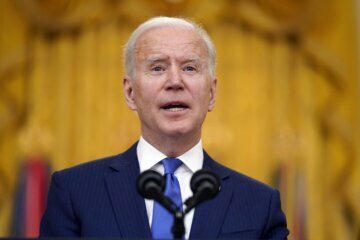 View Video
View Video
March 11th, 2021, 09:05 PM EST
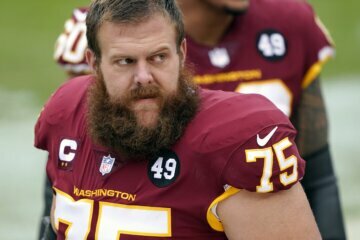 View Video
View Video
March 9th, 2021, 02:08 PM EST
 View Video
View Video
March 4th, 2021, 08:09 AM EST
 View Video
View Video
March 3rd, 2021, 09:31 AM EST
 View Video
View Video
March 2nd, 2021, 09:10 AM EST
 View Video
View Video
February 25th, 2021, 09:45 AM EST
 View Video
View Video
February 23rd, 2021, 02:38 PM EST
 View Video
View Video
February 22nd, 2021, 03:19 PM EST
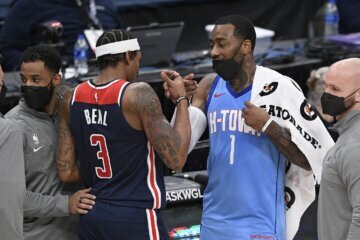 View Video
View Video
February 16th, 2021, 03:09 PM EST
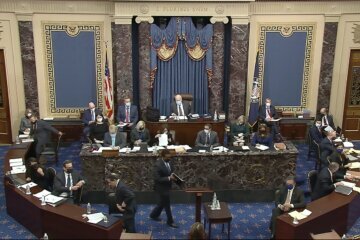 View Video
View Video
February 10th, 2021, 07:45 PM EST
 View Video
View Video
February 3rd, 2021, 07:38 AM EST
 View Video
View Video
February 2nd, 2021, 09:25 PM EST
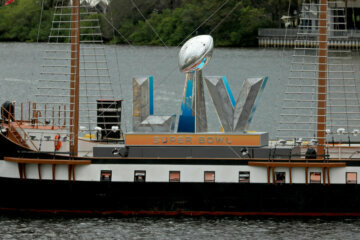 View Video
View Video
February 2nd, 2021, 03:14 PM EST
 View Video
View Video
January 26th, 2021, 03:13 PM EST
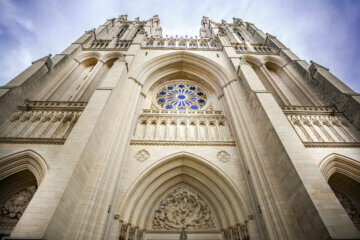 View Video
View Video
January 21st, 2021, 08:31 AM EST
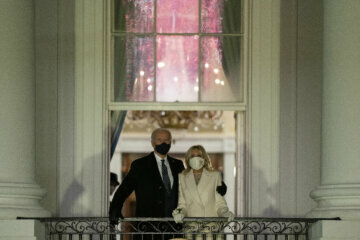 View Video
View Video
January 20th, 2021, 11:00 PM EST
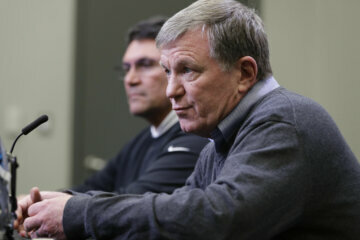 View Video
View Video
January 19th, 2021, 03:47 PM EST
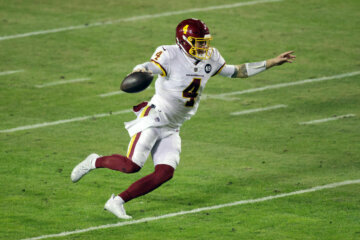 View Video
View Video
January 12th, 2021, 02:58 PM EST
 View Video
View Video
January 12th, 2021, 08:51 AM EST
 View Video
View Video
December 29th, 2020, 09:29 PM EST
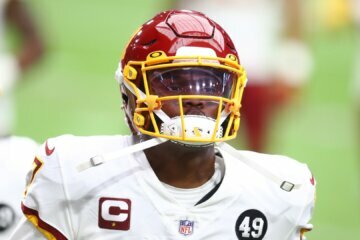 View Video
View Video
December 22nd, 2020, 08:56 PM EST
 View Video
View Video
December 18th, 2020, 09:17 AM EST
 View Video
View Video
December 18th, 2020, 03:51 AM EST
 View Video
View Video
December 17th, 2020, 07:27 AM EST
 View Video
View Video
December 16th, 2020, 02:07 AM EST
 View Video
View Video
December 14th, 2020, 07:29 PM EST
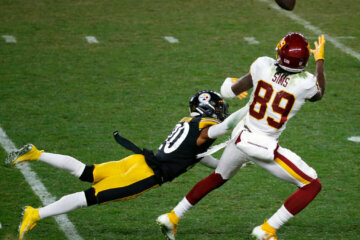 View Video
View Video
December 8th, 2020, 02:18 PM EST
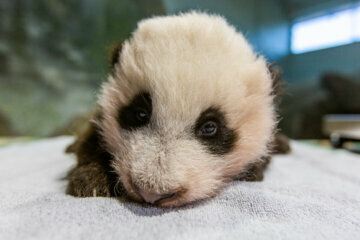 View Video
View Video
December 4th, 2020, 04:53 PM EST
 View Video
View Video
December 1st, 2020, 04:52 PM EST
 View Video
View Video
December 1st, 2020, 04:32 PM EST
 View Video
View Video
December 1st, 2020, 06:43 AM EST
 View Video
View Video
November 17th, 2020, 08:17 PM EST
 View Video
View Video
November 16th, 2020, 07:18 PM EST
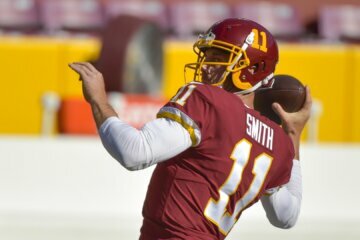 View Video
View Video
November 10th, 2020, 09:21 PM EST
 View Video
View Video
November 6th, 2020, 11:19 AM EST
 View Video
View Video
November 2nd, 2020, 10:46 AM EST
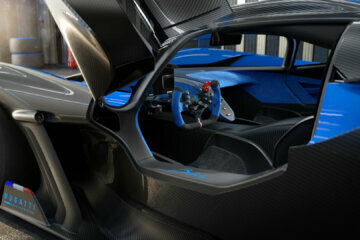 View Video
View Video
October 28th, 2020, 08:52 AM EDT
 View Video
View Video
October 25th, 2020, 07:59 AM EDT
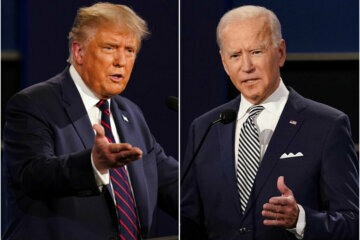 View Video
View Video
October 22nd, 2020, 10:52 PM EDT
 View Video
View Video
October 20th, 2020, 08:13 PM EDT
 View Video
View Video
October 16th, 2020, 11:31 PM EDT
 View Video
View Video
October 14th, 2020, 08:31 AM EDT
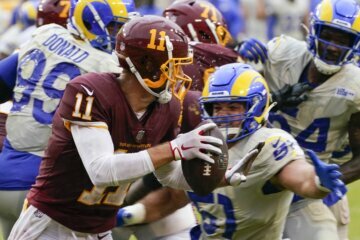 View Video
View Video
October 13th, 2020, 09:11 PM EDT
 View Video
View Video
October 12th, 2020, 07:27 AM EDT
 View Video
View Video
October 7th, 2020, 10:19 PM EDT
 View Video
View Video
September 29th, 2020, 11:13 PM EDT
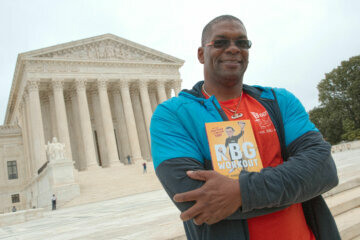 View Video
View Video
September 25th, 2020, 03:36 PM EDT
 View Video
View Video
September 24th, 2020, 08:59 AM EDT
 View Video
View Video
September 24th, 2020, 08:12 AM EDT
 View Video
View Video
September 24th, 2020, 02:09 AM EDT
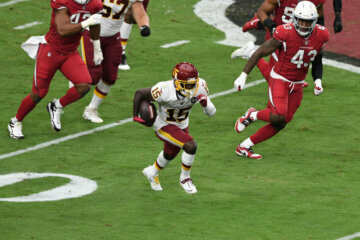 View Video
View Video
September 23rd, 2020, 12:16 PM EDT
 View Video
View Video
September 17th, 2020, 02:14 PM EDT
 View Video
View Video
August 25th, 2020, 11:12 AM EDT
 View Video
View Video
August 21st, 2020, 08:19 AM EDT
 View Video
View Video
August 14th, 2020, 11:22 AM EDT
 View Video
View Video
August 14th, 2020, 05:38 AM EDT
 View Video
View Video
August 12th, 2020, 01:40 PM EDT
 View Video
View Video
July 31st, 2020, 03:10 PM EDT
 View Video
View Video
July 31st, 2020, 02:01 PM EDT
 View Video
View Video
July 31st, 2020, 01:00 PM EDT
 View Video
View Video
July 28th, 2020, 03:57 PM EDT
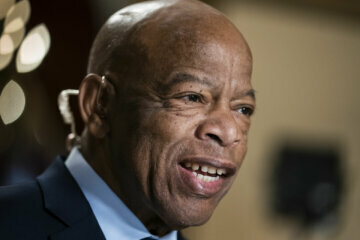 View Video
View Video
July 27th, 2020, 10:30 PM EDT
 View Video
View Video
July 26th, 2020, 10:50 AM EDT
 View Video
View Video
July 25th, 2020, 06:45 PM EDT
 View Video
View Video
July 20th, 2020, 11:21 AM EDT
 View Video
View Video
July 20th, 2020, 08:44 AM EDT
 View Video
View Video
July 19th, 2020, 08:47 PM EDT
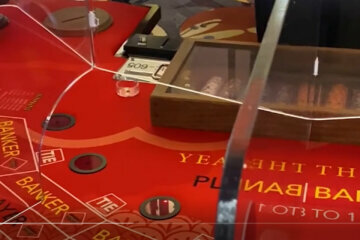 View Video
View Video
June 26th, 2020, 09:34 AM EDT
 View Video
View Video
June 11th, 2020, 04:08 AM EDT
 View Video
View Video
June 10th, 2020, 02:57 PM EDT
 View Video
View Video
June 10th, 2020, 01:34 PM EDT
 View Video
View Video
June 9th, 2020, 12:56 AM EDT
 View Video
View Video
June 6th, 2020, 02:04 PM EDT
 View Video
View Video
June 2nd, 2020, 11:22 AM EDT
 View Video
View Video
May 29th, 2020, 11:01 AM EDT
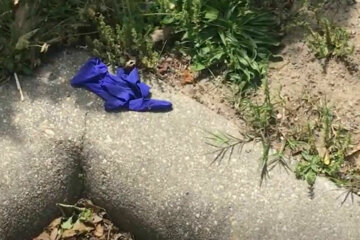 View Video
View Video
May 20th, 2020, 01:51 PM EDT
 View Video
View Video
May 19th, 2020, 01:15 PM EDT
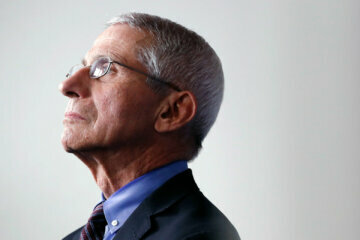 View Video
View Video
May 12th, 2020, 07:32 AM EDT
 View Video
View Video
May 5th, 2020, 02:24 PM EDT
 View Video
View Video
May 5th, 2020, 01:22 AM EDT
 View Video
View Video
May 4th, 2020, 10:14 PM EDT
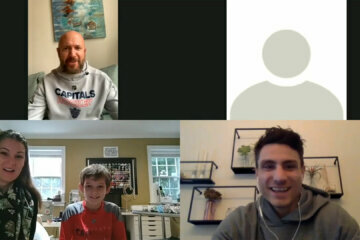 View Video
View Video
May 1st, 2020, 02:09 PM EDT
 View Video
View Video
April 29th, 2020, 09:52 AM EDT
 View Video
View Video
April 28th, 2020, 10:34 PM EDT
 View Video
View Video
April 28th, 2020, 11:56 AM EDT
 View Video
View Video
April 27th, 2020, 06:01 AM EDT
 View Video
View Video
April 15th, 2020, 03:49 PM EDT
 View Video
View Video
April 15th, 2020, 03:48 PM EDT
 View Video
View Video
April 14th, 2020, 01:07 PM EDT
 View Video
View Video
April 14th, 2020, 10:13 AM EDT
 View Video
View Video
April 13th, 2020, 05:49 PM EDT
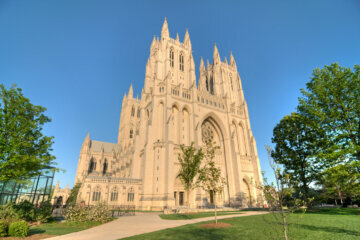 View Video
View Video
April 12th, 2020, 10:32 AM EDT
 View Video
View Video
April 10th, 2020, 05:13 AM EDT
 View Video
View Video
April 9th, 2020, 09:36 AM EDT
 View Video
View Video
April 3rd, 2020, 03:26 PM EDT
 View Video
View Video
March 30th, 2020, 09:58 AM EDT
 View Video
View Video
March 24th, 2020, 01:54 AM EDT
 View Video
View Video
March 23rd, 2020, 09:31 PM EDT
 View Video
View Video
March 23rd, 2020, 07:38 PM EDT
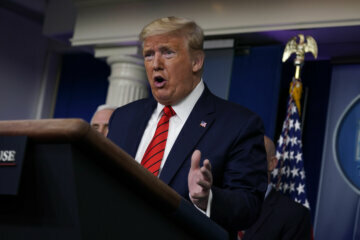 View Video
View Video
March 20th, 2020, 10:47 AM EDT
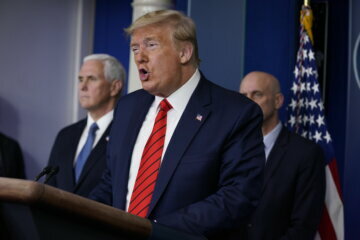 View Video
View Video
March 19th, 2020, 10:27 AM EDT
 View Video
View Video
March 18th, 2020, 10:51 AM EDT
 View Video
View Video
March 17th, 2020, 12:45 PM EDT
 View Video
View Video
March 17th, 2020, 10:39 AM EDT
 View Video
View Video
March 17th, 2020, 12:43 AM EDT
 View Video
View Video
March 11th, 2020, 07:23 PM EDT
 View Video
View Video
March 9th, 2020, 09:56 AM EDT
 View Video
View Video
March 9th, 2020, 08:35 AM EDT
 View Video
View Video
March 8th, 2020, 04:02 AM EDT
 View Video
View Video
February 28th, 2020, 10:32 AM EST
 View Video
View Video
February 26th, 2020, 05:21 PM EST
 View Video
View Video
February 25th, 2020, 06:24 PM EST
 View Video
View Video
February 21st, 2020, 07:45 AM EST
 View Video
View Video
February 20th, 2020, 08:17 AM EST
 View Video
View Video
February 20th, 2020, 06:51 AM EST
 View Video
View Video
February 19th, 2020, 09:03 PM EST
 View Video
View Video
February 19th, 2020, 10:02 AM EST
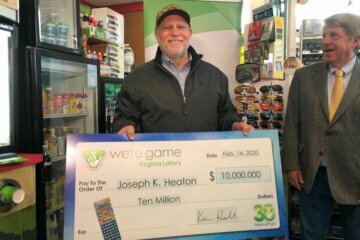 View Video
View Video
February 14th, 2020, 03:30 PM EST
 View Video
View Video
February 13th, 2020, 07:20 AM EST
 View Video
View Video
February 13th, 2020, 07:18 AM EST
 View Video
View Video
February 12th, 2020, 11:22 AM EST
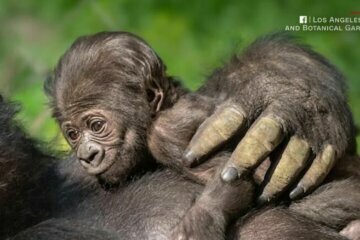 View Video
View Video
February 12th, 2020, 10:35 AM EST
 View Video
View Video
February 12th, 2020, 07:17 AM EST
 View Video
View Video
February 11th, 2020, 02:56 PM EST
 View Video
View Video
February 11th, 2020, 11:53 AM EST
 View Video
View Video
February 7th, 2020, 06:06 PM EST
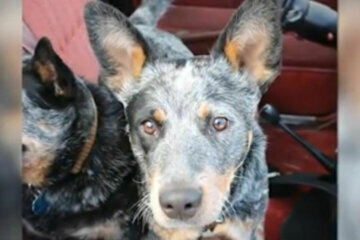 View Video
View Video
February 5th, 2020, 11:05 AM EST
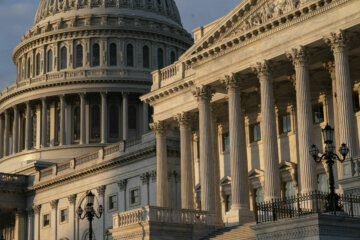 View Video
View Video
February 3rd, 2020, 05:00 PM EST
 View Video
View Video
February 2nd, 2020, 07:30 AM EST
 View Video
View Video
January 29th, 2020, 12:19 PM EST
 View Video
View Video
January 29th, 2020, 07:41 AM EST
 View Video
View Video
January 26th, 2020, 05:35 PM EST
 View Video
View Video
January 25th, 2020, 09:36 AM EST
 View Video
View Video
January 19th, 2020, 03:18 PM EST
 View Video
View Video
January 17th, 2020, 01:26 PM EST
 View Video
View Video
January 16th, 2020, 12:25 PM EST
 View Video
View Video
January 15th, 2020, 09:50 AM EST
 View Video
View Video
January 10th, 2020, 10:09 AM EST
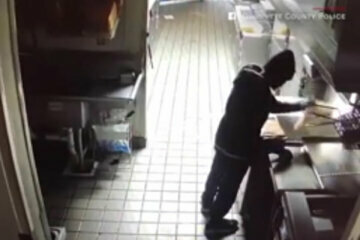 View Video
View Video
January 9th, 2020, 10:57 AM EST
 View Video
View Video
January 7th, 2020, 02:23 PM EST
 View Video
View Video
January 7th, 2020, 11:57 AM EST
 View Video
View Video
January 7th, 2020, 09:43 AM EST
 View Video
View Video
January 7th, 2020, 01:37 AM EST
 View Video
View Video
January 2nd, 2020, 02:49 PM EST
 View Video
View Video
January 2nd, 2020, 11:39 AM EST
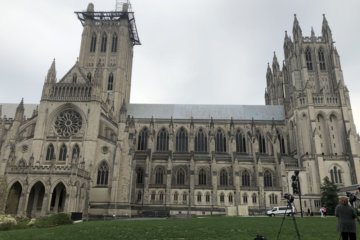 View Video
View Video
January 1st, 2020, 04:40 PM EST
 View Video
View Video
January 1st, 2020, 06:41 AM EST
 View Video
View Video
December 31st, 2019, 10:46 AM EST
 View Video
View Video
December 31st, 2019, 10:15 AM EST
 View Video
View Video
December 30th, 2019, 03:39 PM EST
 View Video
View Video
December 30th, 2019, 12:11 PM EST
 View Video
View Video
December 24th, 2019, 10:32 AM EST
 View Video
View Video
December 13th, 2019, 08:26 AM EST
 View Video
View Video
December 12th, 2019, 07:56 AM EST
 View Video
View Video
December 11th, 2019, 05:35 PM EST
 View Video
View Video
December 10th, 2019, 08:28 AM EST
 View Video
View Video
December 5th, 2019, 08:33 AM EST
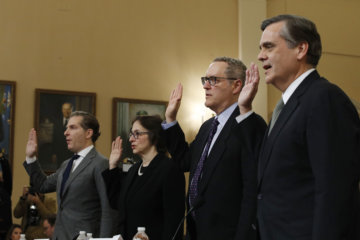 View Video
View Video
December 4th, 2019, 07:51 AM EST
 View Video
View Video
December 4th, 2019, 03:18 AM EST
 View Video
View Video
December 2nd, 2019, 10:21 AM EST
 View Video
View Video
November 25th, 2019, 08:00 PM EST
 View Video
View Video
November 22nd, 2019, 03:15 PM EST
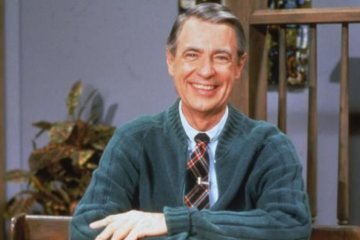 View Video
View Video
November 22nd, 2019, 02:57 PM EST
 View Video
View Video
November 21st, 2019, 01:02 AM EST
 View Video
View Video
November 20th, 2019, 08:15 PM EST
 View Video
View Video
November 20th, 2019, 12:54 PM EST
 View Video
View Video
November 19th, 2019, 08:17 PM EST
 View Video
View Video
November 19th, 2019, 10:11 AM EST
 View Video
View Video
November 19th, 2019, 12:08 AM EST
 View Video
View Video
November 18th, 2019, 02:17 PM EST
 View Video
View Video
November 17th, 2019, 06:55 PM EST
 View Video
View Video
November 16th, 2019, 08:25 PM EST
 View Video
View Video
November 16th, 2019, 03:54 PM EST
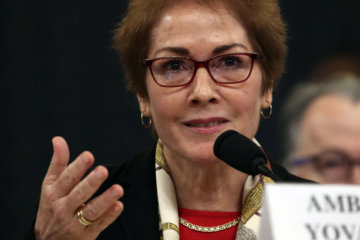 View Video
View Video
November 15th, 2019, 03:45 PM EST
 View Video
View Video
November 13th, 2019, 12:17 PM EST
 View Video
View Video
November 12th, 2019, 11:41 AM EST
 View Video
View Video
November 11th, 2019, 09:48 PM EST
 View Video
View Video
November 11th, 2019, 04:03 PM EST
 View Video
View Video
November 11th, 2019, 01:14 PM EST
 View Video
View Video
November 11th, 2019, 12:21 PM EST
 View Video
View Video
November 7th, 2019, 12:42 PM EST
 View Video
View Video
November 6th, 2019, 01:11 PM EST
 View Video
View Video
November 6th, 2019, 08:01 AM EST
 View Video
View Video
November 6th, 2019, 04:30 AM EST
 View Video
View Video
November 5th, 2019, 11:56 PM EST
 View Video
View Video
November 5th, 2019, 03:50 PM EST
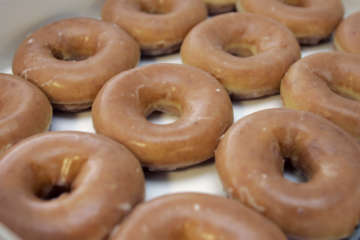 View Video
View Video
November 4th, 2019, 10:08 PM EST
 View Video
View Video
October 31st, 2019, 09:20 PM EDT
 View Video
View Video
October 29th, 2019, 02:23 PM EDT
 View Video
View Video
October 29th, 2019, 01:26 PM EDT
 View Video
View Video
October 29th, 2019, 09:13 AM EDT
 View Video
View Video
October 28th, 2019, 12:46 PM EDT
 View Video
View Video
October 28th, 2019, 07:30 AM EDT
 View Video
View Video
October 27th, 2019, 01:30 PM EDT
 View Video
View Video
October 26th, 2019, 01:22 PM EDT
 View Video
View Video
October 24th, 2019, 09:14 AM EDT
 View Video
View Video
October 23rd, 2019, 09:57 AM EDT
 View Video
View Video
October 22nd, 2019, 09:31 AM EDT
 View Video
View Video
October 21st, 2019, 05:54 PM EDT
 View Video
View Video
October 21st, 2019, 06:40 AM EDT
 View Video
View Video
October 18th, 2019, 11:37 AM EDT
 View Video
View Video
October 15th, 2019, 12:00 PM EDT
 View Video
View Video
October 15th, 2019, 08:15 AM EDT
 View Video
View Video
October 14th, 2019, 09:15 PM EDT
 View Video
View Video
October 14th, 2019, 03:01 PM EDT
 View Video
View Video
October 14th, 2019, 12:16 PM EDT
 View Video
View Video
October 10th, 2019, 08:26 AM EDT
 View Video
View Video
October 9th, 2019, 09:57 PM EDT
 View Video
View Video
October 9th, 2019, 11:28 AM EDT
 View Video
View Video
October 9th, 2019, 09:52 AM EDT
 View Video
View Video
October 8th, 2019, 06:38 PM EDT
 View Video
View Video
October 8th, 2019, 11:07 AM EDT
 View Video
View Video
October 8th, 2019, 06:35 AM EDT
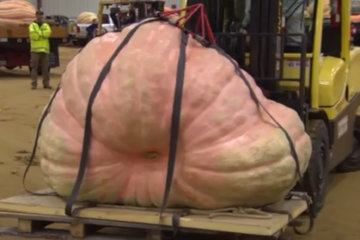 View Video
View Video
October 7th, 2019, 02:38 PM EDT
 View Video
View Video
October 7th, 2019, 10:20 AM EDT
 View Video
View Video
October 6th, 2019, 03:44 PM EDT
 View Video
View Video
October 4th, 2019, 11:18 AM EDT
 View Video
View Video
October 4th, 2019, 11:13 AM EDT
 View Video
View Video
October 3rd, 2019, 06:00 PM EDT
 View Video
View Video
October 3rd, 2019, 10:50 AM EDT
 View Video
View Video
October 3rd, 2019, 08:13 AM EDT
 View Video
View Video
October 2nd, 2019, 06:47 PM EDT
 View Video
View Video
October 2nd, 2019, 03:32 AM EDT
 View Video
View Video
October 1st, 2019, 05:14 PM EDT
 View Video
View Video
October 1st, 2019, 10:55 AM EDT
 View Video
View Video
October 1st, 2019, 02:58 AM EDT
 View Video
View Video
September 30th, 2019, 09:52 AM EDT
 View Video
View Video
September 29th, 2019, 07:23 PM EDT
 View Video
View Video
September 27th, 2019, 11:44 AM EDT
 View Video
View Video
September 27th, 2019, 09:50 AM EDT
 View Video
View Video
September 26th, 2019, 09:34 AM EDT
 View Video
View Video
September 26th, 2019, 05:21 AM EDT
 View Video
View Video
September 25th, 2019, 09:15 AM EDT
 View Video
View Video
September 25th, 2019, 06:59 AM EDT
 View Video
View Video
September 25th, 2019, 06:19 AM EDT
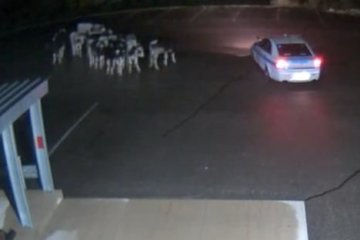 View Video
View Video
September 24th, 2019, 11:22 AM EDT
 View Video
View Video
September 24th, 2019, 09:36 AM EDT
 View Video
View Video
September 23rd, 2019, 11:34 AM EDT
 View Video
View Video
September 23rd, 2019, 10:07 AM EDT
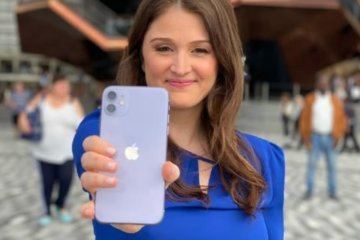 View Video
View Video
September 20th, 2019, 11:24 AM EDT
 View Video
View Video
September 19th, 2019, 11:21 AM EDT
 View Video
View Video
September 18th, 2019, 11:09 AM EDT
 View Video
View Video
September 18th, 2019, 10:44 AM EDT
 View Video
View Video
September 18th, 2019, 09:32 AM EDT
 View Video
View Video
September 17th, 2019, 09:06 PM EDT
 View Video
View Video
September 17th, 2019, 10:43 AM EDT
 View Video
View Video
September 17th, 2019, 09:48 AM EDT
 View Video
View Video
September 16th, 2019, 11:44 AM EDT
 View Video
View Video
September 13th, 2019, 03:03 PM EDT
 View Video
View Video
September 13th, 2019, 11:34 AM EDT
 View Video
View Video
September 13th, 2019, 09:43 AM EDT
 View Video
View Video
September 11th, 2019, 11:21 PM EDT
 View Video
View Video
September 11th, 2019, 07:13 PM EDT
 View Video
View Video
September 11th, 2019, 02:41 PM EDT
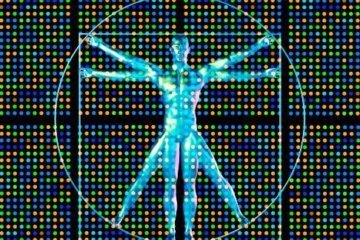 View Video
View Video
September 11th, 2019, 10:59 AM EDT
 View Video
View Video
September 10th, 2019, 04:59 PM EDT
 View Video
View Video
September 10th, 2019, 03:55 PM EDT
 View Video
View Video
September 10th, 2019, 03:24 PM EDT
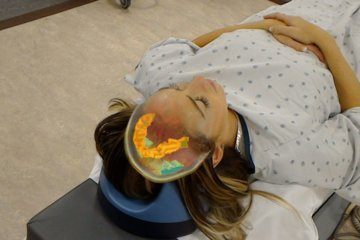 View Video
View Video
September 9th, 2019, 05:29 PM EDT
 View Video
View Video
September 9th, 2019, 10:00 AM EDT
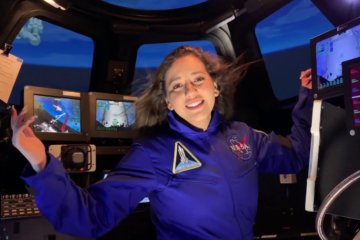 View Video
View Video
September 8th, 2019, 06:11 PM EDT
 View Video
View Video
September 8th, 2019, 03:05 PM EDT
 View Video
View Video
September 6th, 2019, 11:18 AM EDT
 View Video
View Video
September 6th, 2019, 09:52 AM EDT
 View Video
View Video
September 5th, 2019, 11:07 AM EDT
 View Video
View Video
September 4th, 2019, 12:35 PM EDT
 View Video
View Video
September 4th, 2019, 02:44 AM EDT
 View Video
View Video
September 3rd, 2019, 09:14 PM EDT
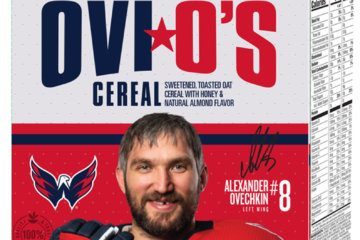 View Video
View Video
September 3rd, 2019, 01:43 PM EDT
 View Video
View Video
September 2nd, 2019, 09:53 AM EDT
 View Video
View Video
August 28th, 2019, 11:34 AM EDT
 View Video
View Video
August 27th, 2019, 03:24 PM EDT
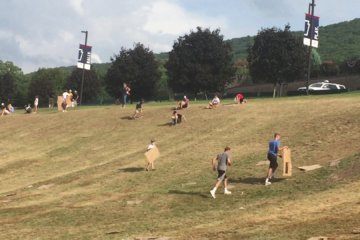 View Video
View Video
August 22nd, 2019, 01:19 PM EDT
 View Video
View Video
August 21st, 2019, 09:01 AM EDT
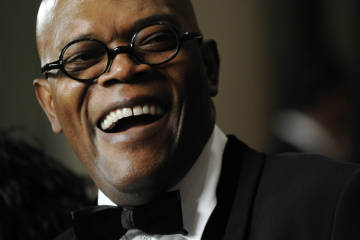 View Video
View Video
August 20th, 2019, 08:00 AM EDT
 View Video
View Video
August 19th, 2019, 07:32 AM EDT
 View Video
View Video
August 14th, 2019, 10:38 AM EDT
 View Video
View Video
August 14th, 2019, 09:10 AM EDT
 View Video
View Video
August 13th, 2019, 10:36 PM EDT
 View Video
View Video
August 13th, 2019, 11:31 AM EDT
 View Video
View Video
August 12th, 2019, 06:33 PM EDT
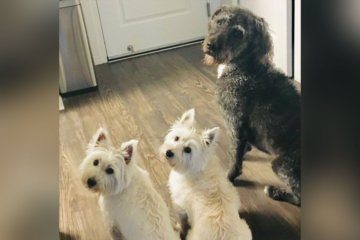 View Video
View Video
August 12th, 2019, 11:16 AM EDT
 View Video
View Video
August 12th, 2019, 07:41 AM EDT
 View Video
View Video
August 9th, 2019, 10:21 AM EDT
 View Video
View Video
August 7th, 2019, 11:18 AM EDT
 View Video
View Video
August 7th, 2019, 09:53 AM EDT
 View Video
View Video
August 7th, 2019, 09:04 AM EDT
 View Video
View Video
August 7th, 2019, 07:22 AM EDT
 View Video
View Video
August 6th, 2019, 03:59 PM EDT
 View Video
View Video
August 6th, 2019, 03:06 PM EDT
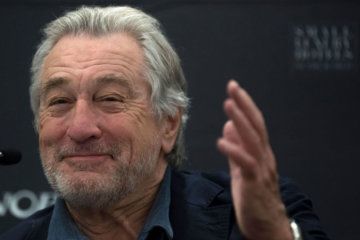 View Video
View Video
August 5th, 2019, 12:41 PM EDT
 View Video
View Video
August 5th, 2019, 04:27 AM EDT
 View Video
View Video
August 5th, 2019, 03:45 AM EDT
 View Video
View Video
August 2nd, 2019, 11:19 AM EDT
 View Video
View Video
August 2nd, 2019, 11:10 AM EDT
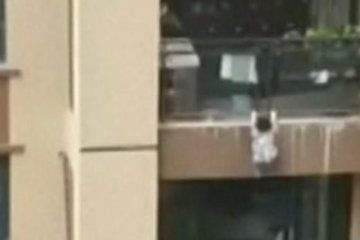 View Video
View Video
July 31st, 2019, 09:39 AM EDT
 View Video
View Video
July 31st, 2019, 04:52 AM EDT
 View Video
View Video
July 31st, 2019, 04:39 AM EDT
 View Video
View Video
July 30th, 2019, 02:53 PM EDT
 View Video
View Video
July 30th, 2019, 01:33 PM EDT
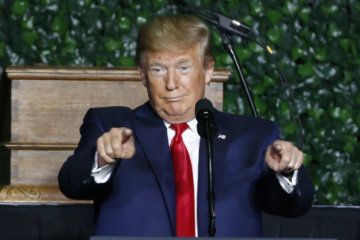 View Video
View Video
July 30th, 2019, 11:01 AM EDT
 View Video
View Video
July 28th, 2019, 04:18 AM EDT
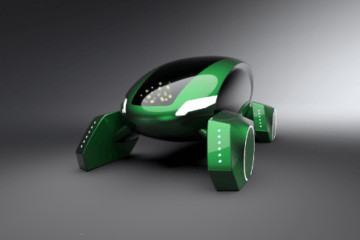 View Video
View Video
July 26th, 2019, 09:41 AM EDT
 View Video
View Video
July 25th, 2019, 07:51 AM EDT
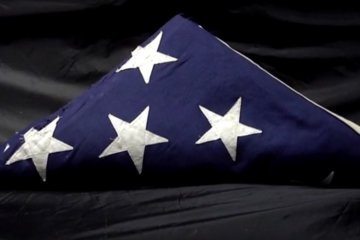 View Video
View Video
July 24th, 2019, 01:40 PM EDT
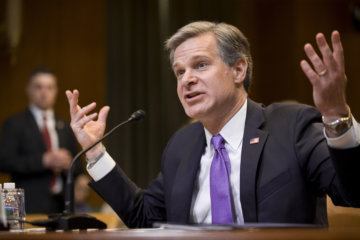 View Video
View Video
July 23rd, 2019, 08:04 AM EDT
 View Video
View Video
July 22nd, 2019, 10:15 AM EDT
 View Video
View Video
July 19th, 2019, 07:20 PM EDT
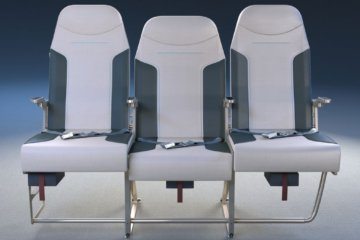 View Video
View Video
July 19th, 2019, 12:05 PM EDT
 View Video
View Video
July 19th, 2019, 04:40 AM EDT
 View Video
View Video
July 18th, 2019, 08:26 AM EDT
 View Video
View Video
July 17th, 2019, 04:12 PM EDT
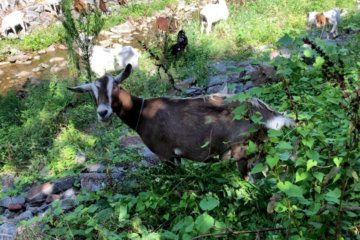 View Video
View Video
July 17th, 2019, 01:07 PM EDT
 View Video
View Video
July 16th, 2019, 10:42 AM EDT
 View Video
View Video
July 15th, 2019, 02:34 PM EDT
 View Video
View Video
July 15th, 2019, 10:11 AM EDT
 View Video
View Video
July 12th, 2019, 10:51 AM EDT
 View Video
View Video
July 11th, 2019, 07:39 PM EDT
 View Video
View Video
July 11th, 2019, 11:28 AM EDT
 View Video
View Video
July 11th, 2019, 07:54 AM EDT
 View Video
View Video
July 10th, 2019, 12:08 PM EDT